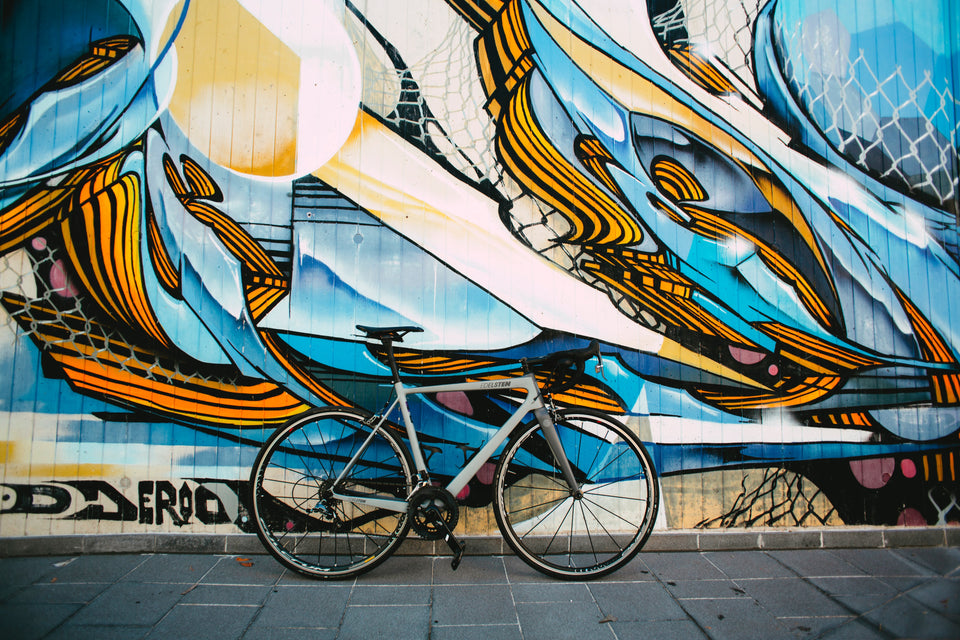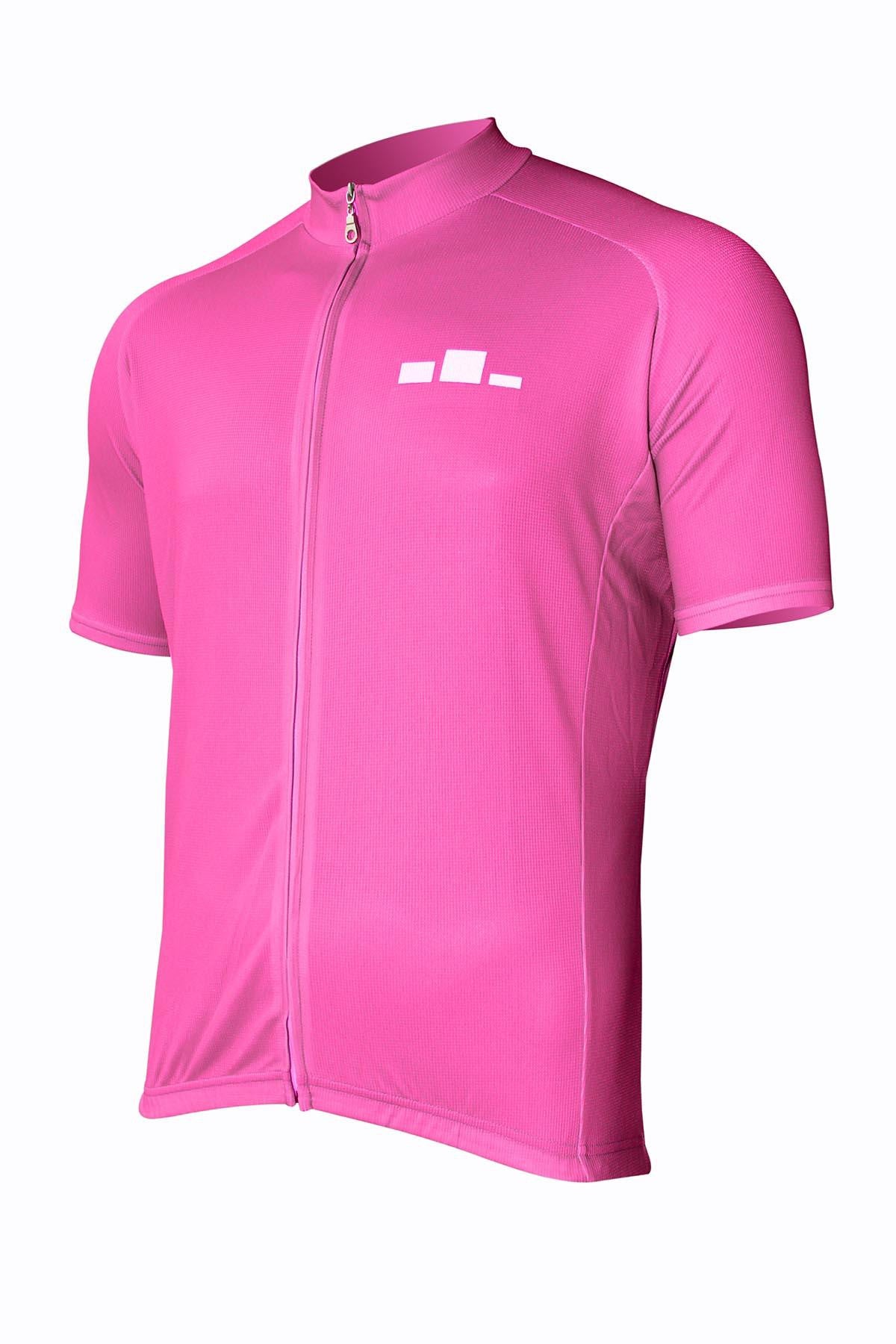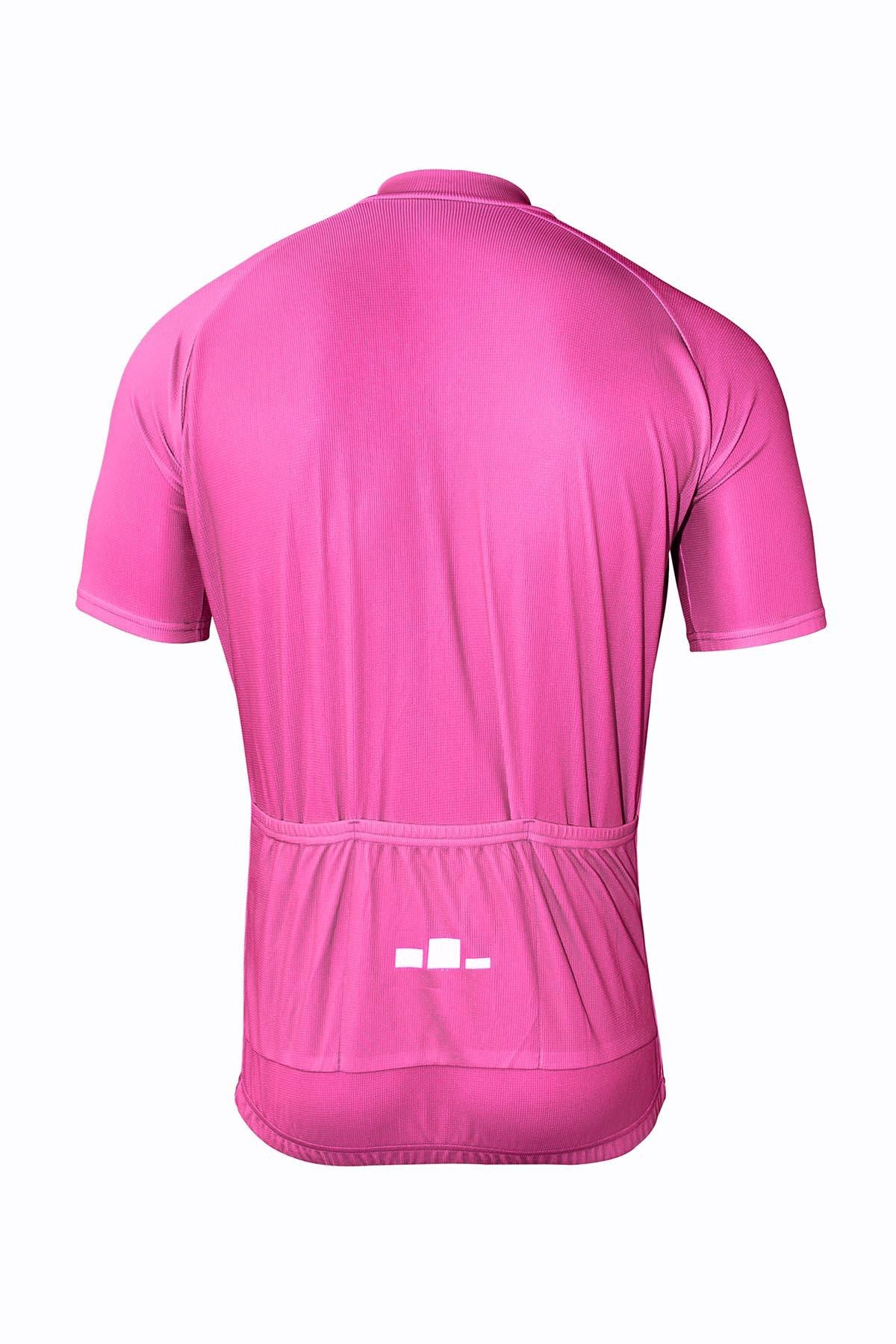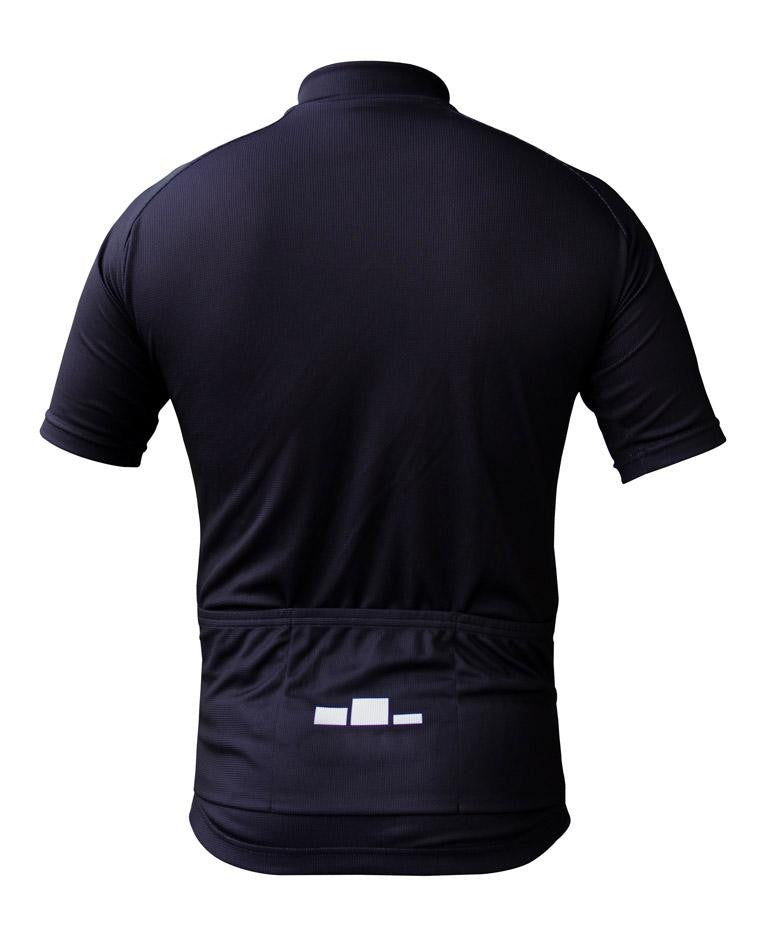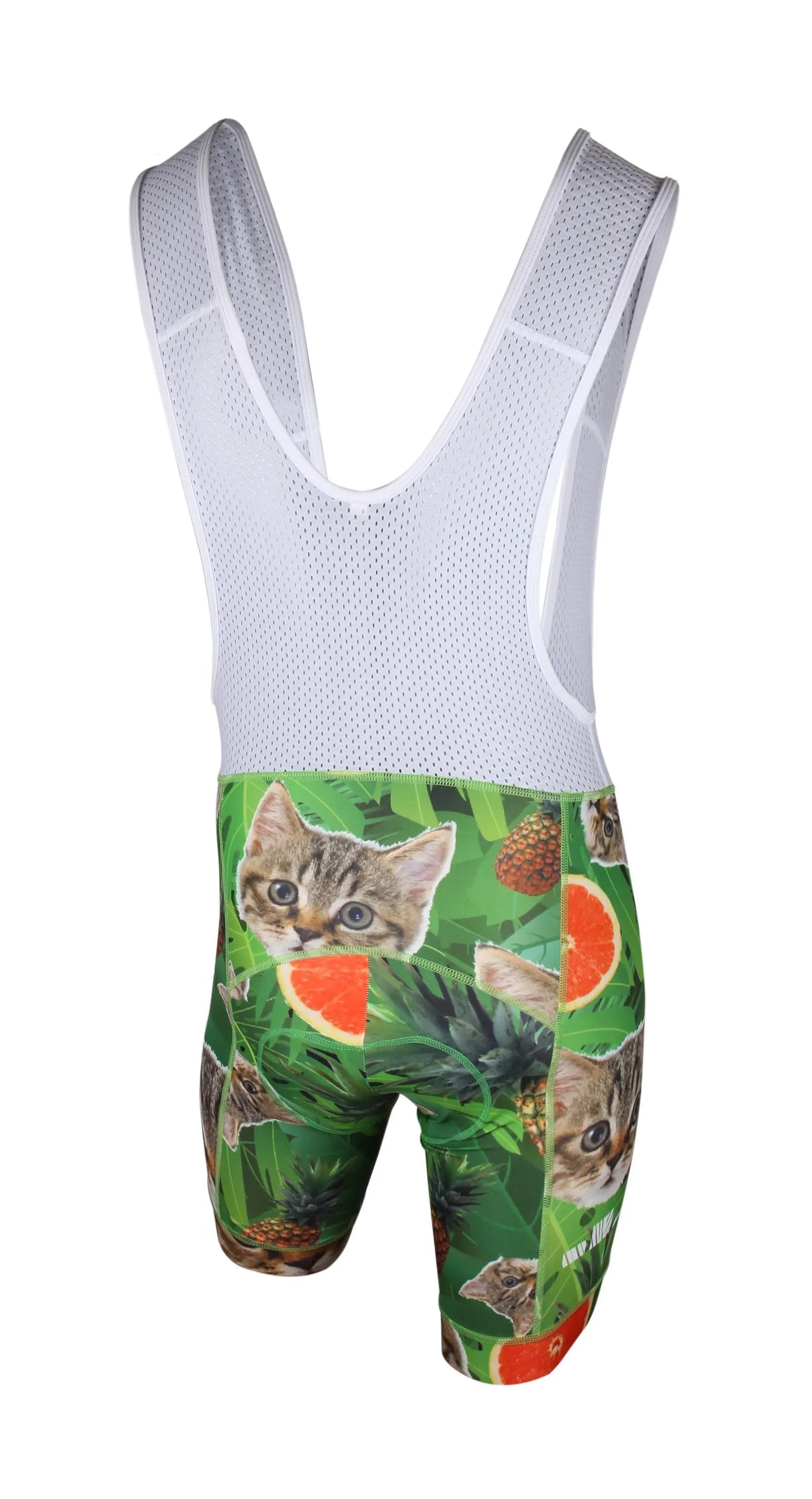1950 Vuelta A Espana: Stage 2 - Highlights
The Vuelta a España is an annual multi-stage bicycle race primarily held in Spain. The race was first established in 1935 and has been held every year since. The event typically begins in late August and ends in early September.
The Vuelta a España is one of the three grand tours, along with the Tour de France and the Giro d'Italia, and is considered one of the most important cycling races in the world. It is also one of the most prestigious events on the UCI World Tour calendar.
The race attracts the best cyclists in the world and is often used as a preparation race for the Tour de France. The Vuelta a España is also a popular race for cyclists who have already competed in the Tour de France and are looking for another challenge.
The Vuelta a España is a tough race, with many mountainous stages that can often decide the winner. The race is also known for its aggressive racing, with many riders attacking from the start in order to try and win stages.
The Vuelta a España is an exciting race to watch, with many riders going all out to try and win. The race is also a great opportunity to see some of the best cyclists in the world compete against each other.
The 1950 Vuelta a España was the 35th edition of the Vuelta a España, one of cycling's Grand Tours. The Vuelta began in Madrid, on 24 April, and Stage 2 was held on 25 April. The stage was won by Frenchman Jean Robic.
Stage 2 of the 1950 Vuelta a España was held on 25 April, between Madrid and Zaragoza. The stage was won by Frenchman Jean Robic.
Robic, who had won the previous stage, attacked early on in the stage. He was followed by a group of four other riders, who eventually caught up to him. The group rode together until the final kilometer, when Robic attacked again and won the stage.
The second stage of the Vuelta was held on a Wednesday, and it was the first stage that was not held on a weekend. The stage was 201 kilometers long, and it was the second longest stage of the Vuelta.
The stage started in Madrid, and it finished in Zaragoza. The stage was mostly flat, with a few small hills.
The stage was won by Frenchman Jean Robic. Robic had won the previous stage, and he attacked early on in the stage. He was followed by a group of four other riders, who eventually caught up to him. The group rode together until the final kilometer, when Robic attacked again and won the stage.
The second stage of the Vuelta was a good day for the French riders. In addition to Robic's win, another French rider, Raymond Poulidor, finished in second place. Poulidor would go on to finish in second place overall in the Vuelta.
The second stage of the Vuelta was also a good day for the Spanish riders. Three Spanish riders finished in the top 10, including Santiago Botero in fourth place. Botero would go on to win the Vuelta overall.
The second stage of the Vuelta was a good day for the riders from Belgium. Two Belgian riders finished in the top 10, including Rik Van Looy in fifth place. Van Looy would go on to win the Vuelta overall.
The 1950 Vuelta a España was the 35th edition of the Vuelta a España, one of cycling's Grand Tours. The Vuelta began in Madrid, with a prologue individual time trial on 24 April, and Stage 1 on the following day. It was the first Vuelta to be held after the end of the Spanish Civil War, and the first to be held entirely within Spain since 1935. The race was won by Italian Fausto Coppi.
Coppi won the second stage, a mountainous stage from Madrid to Zaragoza. He finished over two minutes ahead of his nearest rival, Spaniard Miguel Poblet. Poblet went on to win the Vuelta, becoming the first Spaniard to do so.
The 1950 Vuelta was a historic race, not only because it was the first to be held after the Spanish Civil War, but also because it was the first to be held entirely within Spain since 1935. Italian Fausto Coppi won the race, with Spaniard Miguel Poblet finishing second. Poblet went on to win the Vuelta, becoming the first Spaniard to do so.


